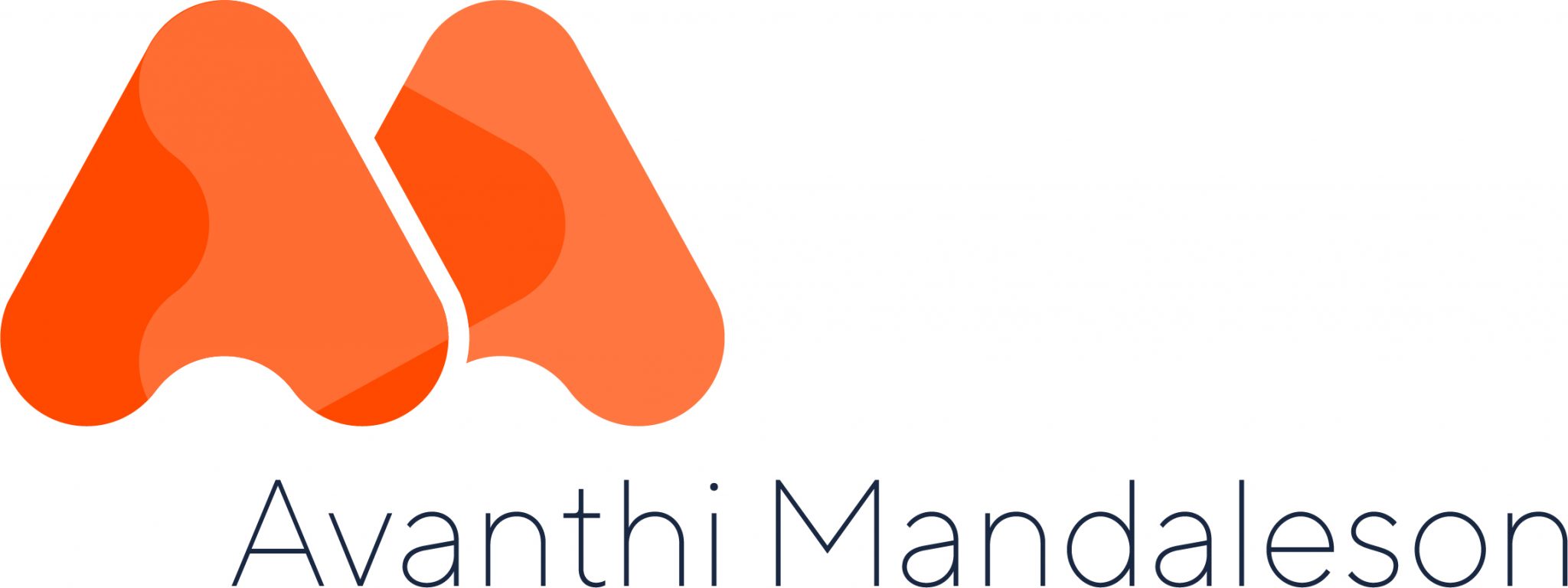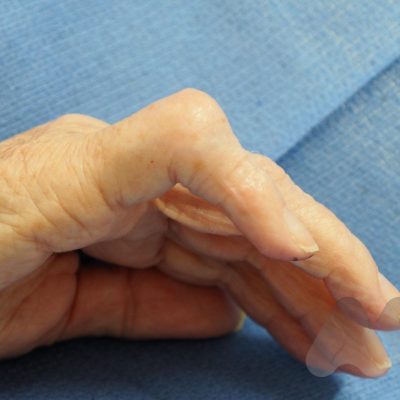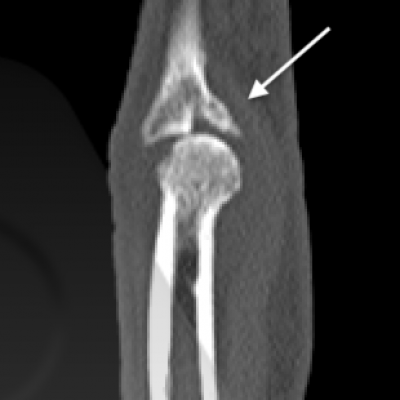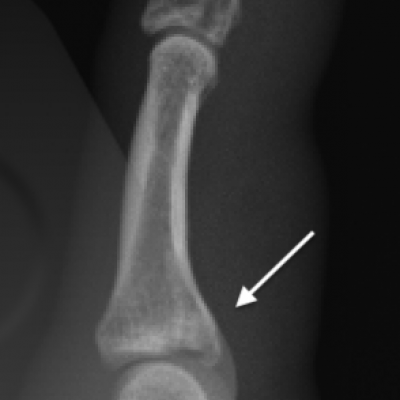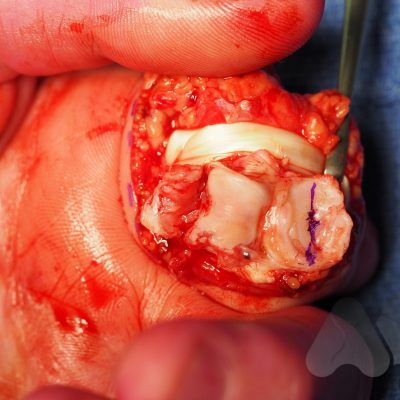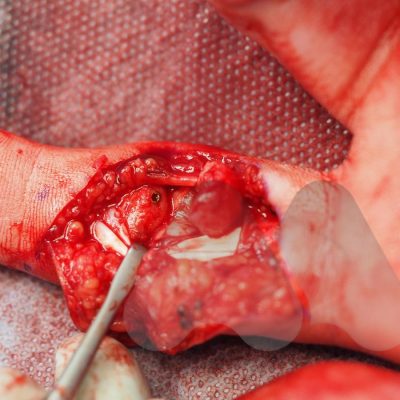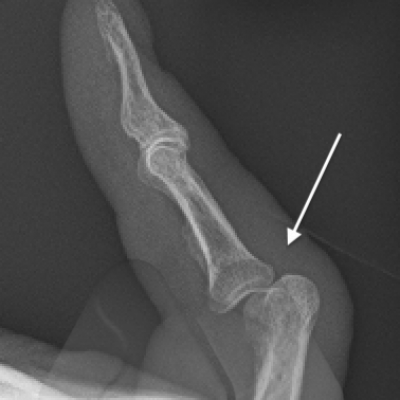Key points:
- Fractures can occur after simple or high energy trauma
- Fractures involving the joint can cause long term problems
- Depending on the type of fracture it can be managed by casting/splinting or may need surgery
- Dislocations can injure supporting structures around the joint
- Recurrent dislocations can cause long term damage to the joint
What is a fracture or dislocation?
Fracture of the bone is commonly termed a broken bone. Dislocation is where the normal alignment and contact of the joint surfaces is disrupted causing deformity. Dislocations can sometimes spontaneously reduce or require manipulation to put the joint back in to the correct position. Trauma and sports injuries can result in a fracture or dislocation. An X-Ray should be performed to check that the bone and joint position is in adequate and will help guide your doctor’s decision about whether a specialist referral is required.
What is damaged?
Ligaments, tendons and muscle – Fractures injure the bone and can often injure the surrounding ligaments, tendons and muscle. These injuries cannot be seen on x-ray. These injuries can be the cause of stiffness or pain around a joint after a bone heals.
- Cartilage – Fractures that extend into the joint can injure the smooth cartilage surfaces that cover the bone ends that form the moving parts of the joint. These injuries can lead to a long term risk of arthritis in some cases.
- Growth plate – Fractures in children can affect the growth plate that in rare circumstance, can lead to abnormal growth of the bone.
How are these injuries treated?
Depending on the location of the fracture, type of bone and blood supply, will determine whether non surgical immobilisation or surgery is recommended.
If fractures of the hand, wrist, elbow and shoulder require a specialist referral, this should normally be seen within a week of injury. If required, surgery within 2 weeks of injury usually allows for the best outcome. Prolonged delays in accessing surgery can increase the complexity and risks of surgery and in some cases it may be better to allow the fracture to heal and allow corrective surgery at a later date (corrective osteotomy).
